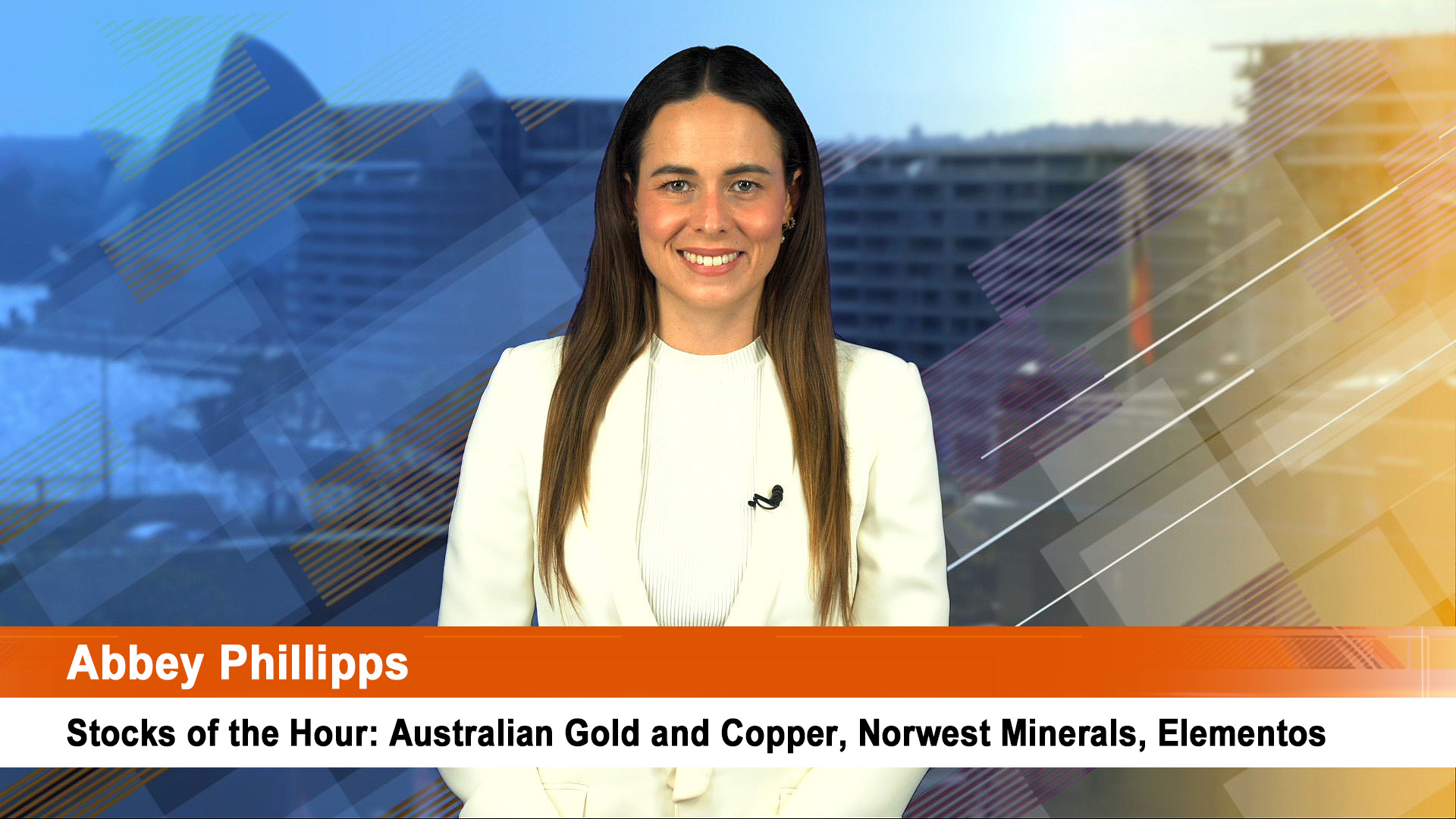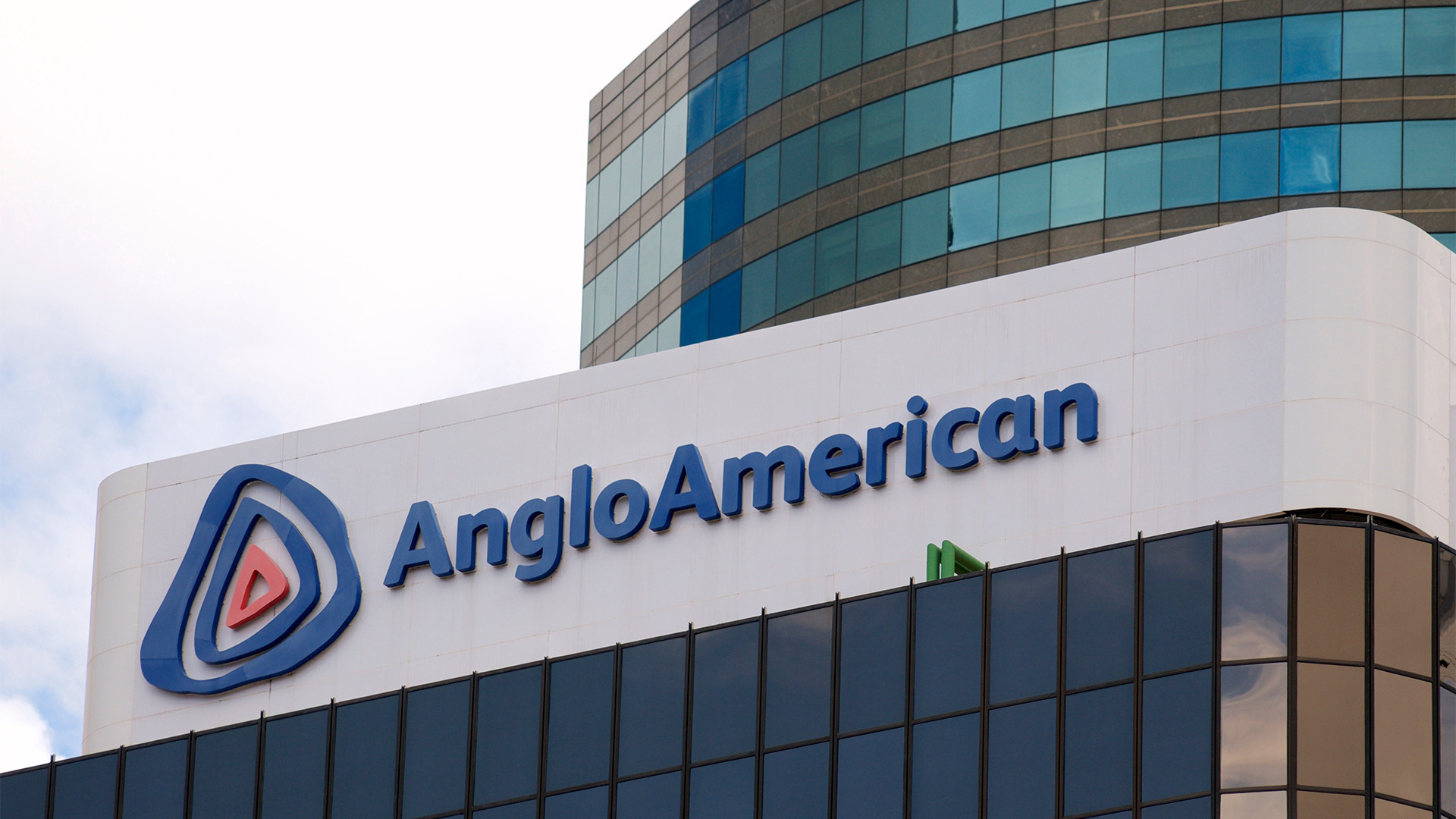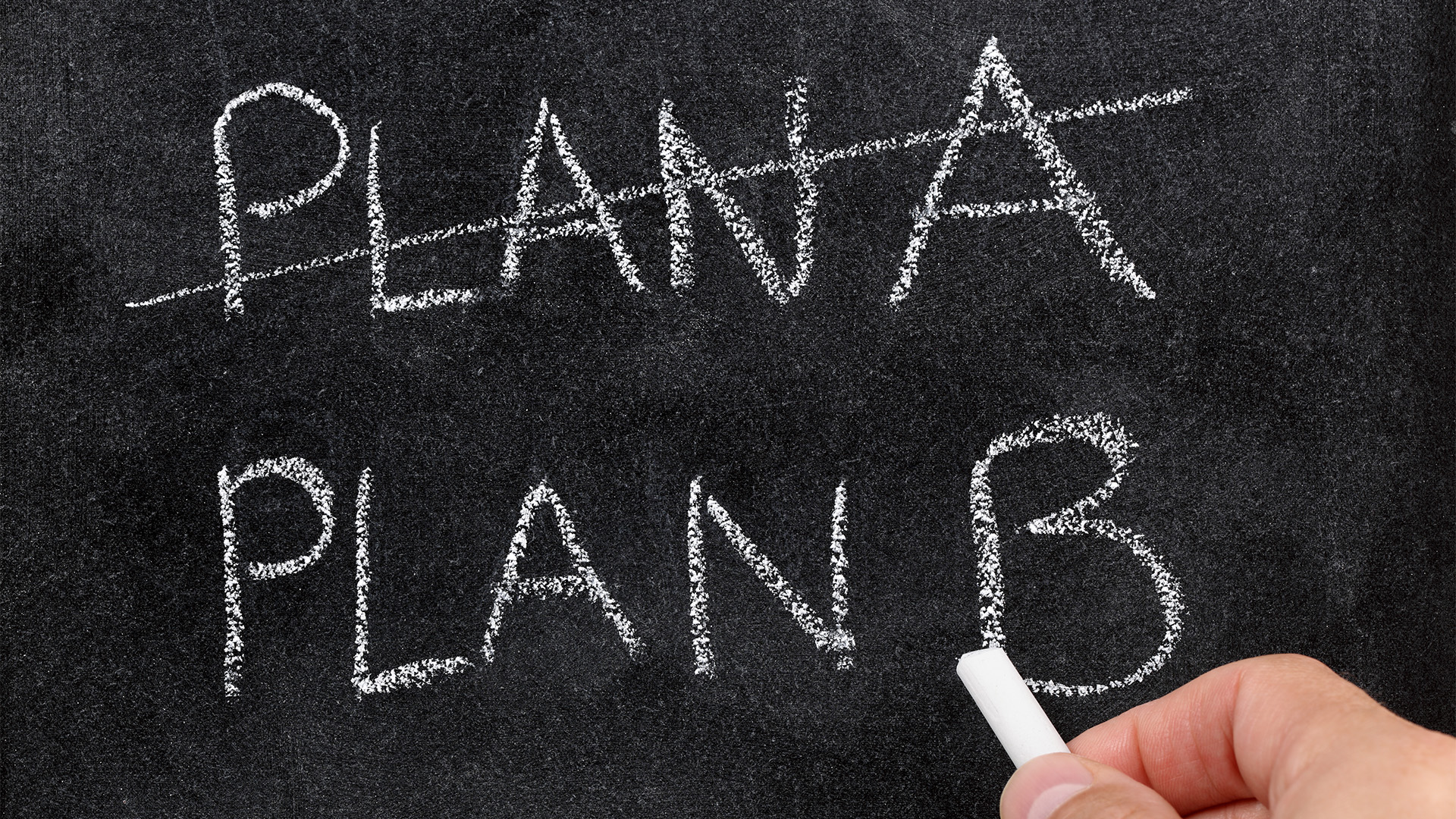We know that the Chinese economy didn’t suddenly catch fire in the September quarter and while inflation rose it didn’t surge to a threatening level.
So why the sudden and very surprising interest rate rise on Tuesday?
The answer looks like the rise in asset prices (especially housing) last month, driven by a lot of loose money sloshing around the economy and over-lending by six major banks which have been punished by the central bank and ordered to cut lending for the next two months.

The rate rise seems to be all about slowing asset price growth and trying to make bank deposits more attractive, even though the deposit new rate this week of 2.5%, is still well under the 3.6% annual CPI rate for September, which makes leaving your money in a bank unattractive.
The rebounding stockmarket since the July 5 low is another indicator- up to Wednesday the market was up 28%, a considerable rise given the slowdown in parts of the economy and the strength of the government attack on housing and asset prices.
Certainly there was nothing to be really alarmed about in the bare bones economic data for September and the three months to September which showed an economy cooling, though price inflation at the consumer and producer levels remains a concern.
The figures yesterday from the National Statistics Bureau show growth in the third quarter slowed to an annual rate of 9.6% from 10.3% in the June three months and the very hectic 11.9% in the March quarter.
The government doesn’t release quarter by quarter growth rates, but Merrill Lynch says by its calculations China grew 0.2% from the June quarter.
Consumer price inflation rose to 3.6%, from 3.5% (annual) in August and producer prices were steady at an annual rate of 4.3% for the month from August.
Industrial production slowed to an annual rate of 13.3% in September from 13.9% in August thanks, it seems, to the closure of older, polluting equipment.
Output rose an annual 13.5% in the third quarter from 15.9% in the second and 19.6% in the first.
Interestingly, steel output fell nearly 6% in September to 47.95 million tonnes amid the crackdown on energy-intensive and older facilities that is now reportedly over (iron ore imports jumped sharply last month).
And the output of power and cement slowed in September from August, which was probably also due to the crackdown on older factories and equipment.
Oil production rose from August as did imports.
Earlier data showed slowing exports, but a surge in foreign reserves in the quarter not commensurate with the size of the rise in the trade surplus, up $US194 billion in the third quarter alone.
But the trade surplus for the first nine months of the year was only $US120 billion (with more than half that – $US65 billion – coming in the third quarter), so there’s an awful lot of money sloshing around.
The most logical explanation is that Chinese companies and investors repatriated a lot of money in the quarter to take advantage of the decision to unpeg the Yuan from the $US dollar from June 19.
The kick up in interest rates and the 2% gain in the currency against the greenback, have given a modest bonus on this ‘hot money’ as has the sharp jump in the stockmarket.
But while annual house price costs eased, the price of new and used houses rose from August to September.
The government revealed its concern with the second tightening in six months on bank lending for homes, especially second and third homes (which are a form of retirement fund saving for many Chinese middle class people).
The small rise in the CPI to an annual 3.6% in September (2.9% over the first nine months of the year) was again driven by higher food prices (which the government reported this week had stopped rising in major cities and towns).
Consumer prices rose 0.6% month on month, faster than the 0.2% growth from July to August.
That indicates there’s still considerable momentum in the CPI that will take months more to ease.
Prices in September were 4.3% above those in September of 2009.
Food prices rose 6.1% in September, down from the 7.5% rate in August which was the highest for a year or more.
Retail sales, the main gauge of consumer spending in the world’s second-largest economy, rose 18.3% in the first nine months of 2010 compared with a year ago. They were up 18.4% in the eight months to August.
China’s fixed asset investment in urban areas, a measure of government spending on infrastructure and a key driver of growth, rose 24.5% in the January to September period, slightly lower than the 24.8% growth in the first eight months as the government again tightened lending restrictions on houses and property.
The World Bank this week lowered its outlook for the economic expansion next year in China and across East Asia. China’s 2011 growth forecast was cut to 8.5% from an April estimate of 8.7%.
That would be the slowest annual growth in almost a decade.













